Dalong Woodland Ranger Camp
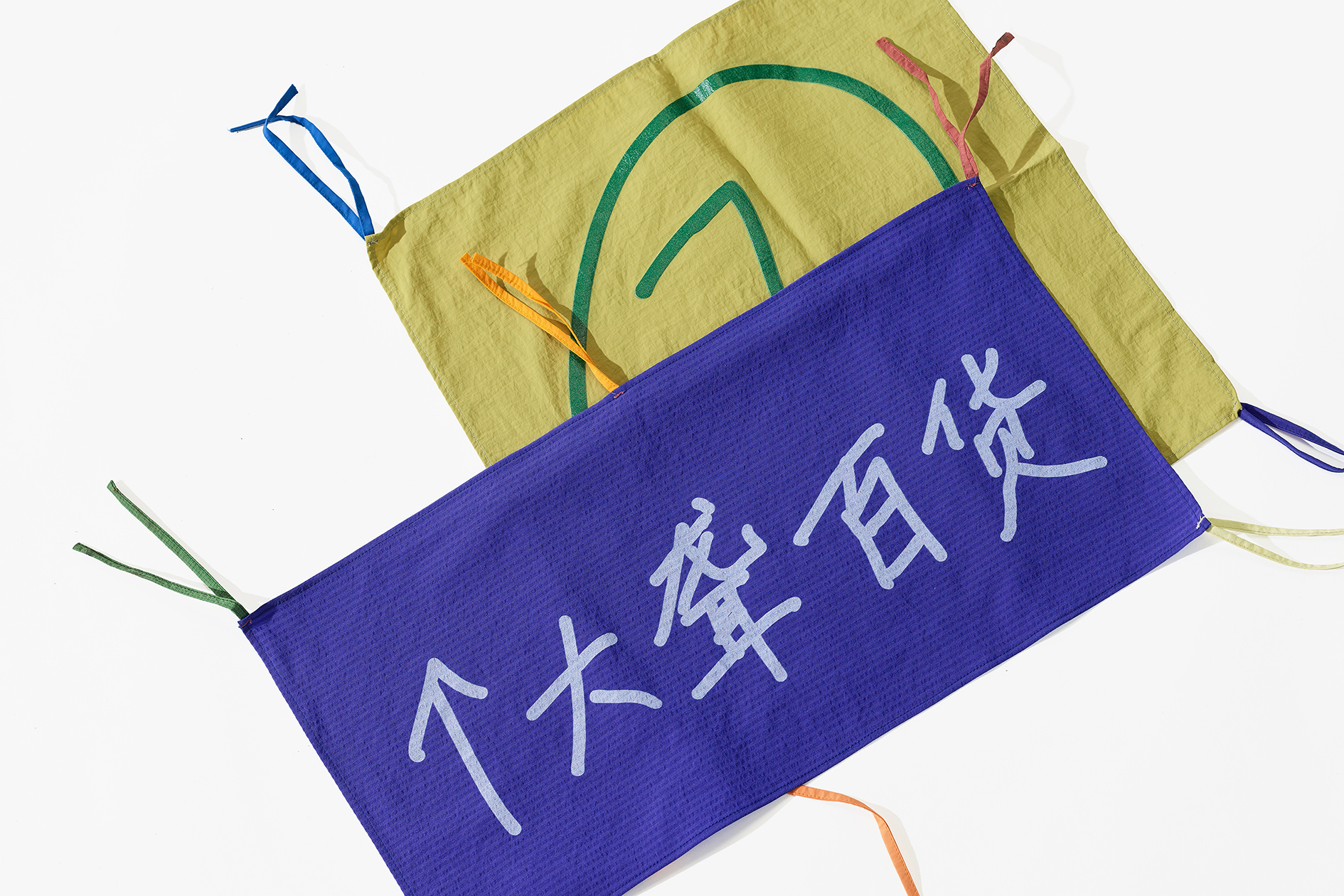
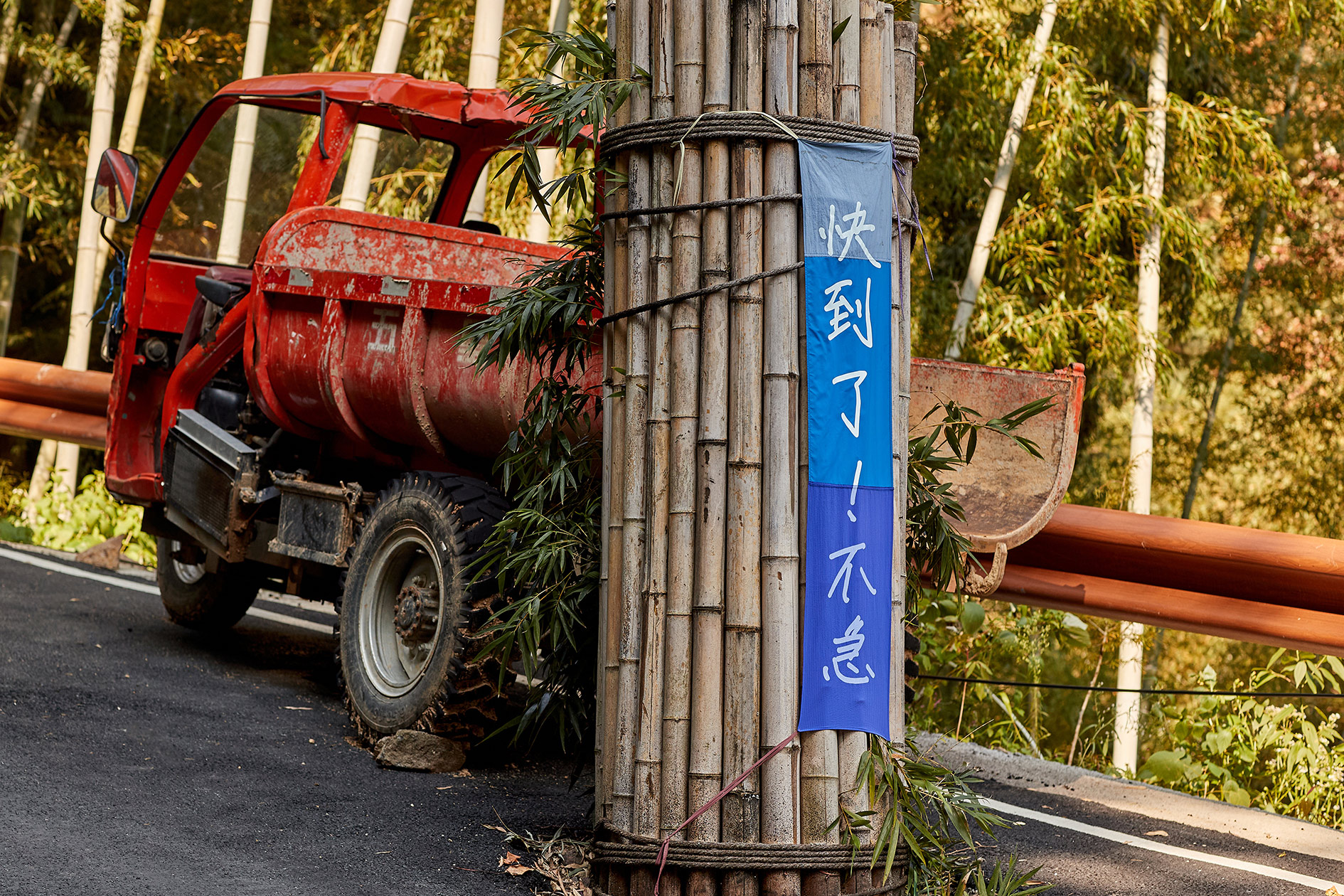
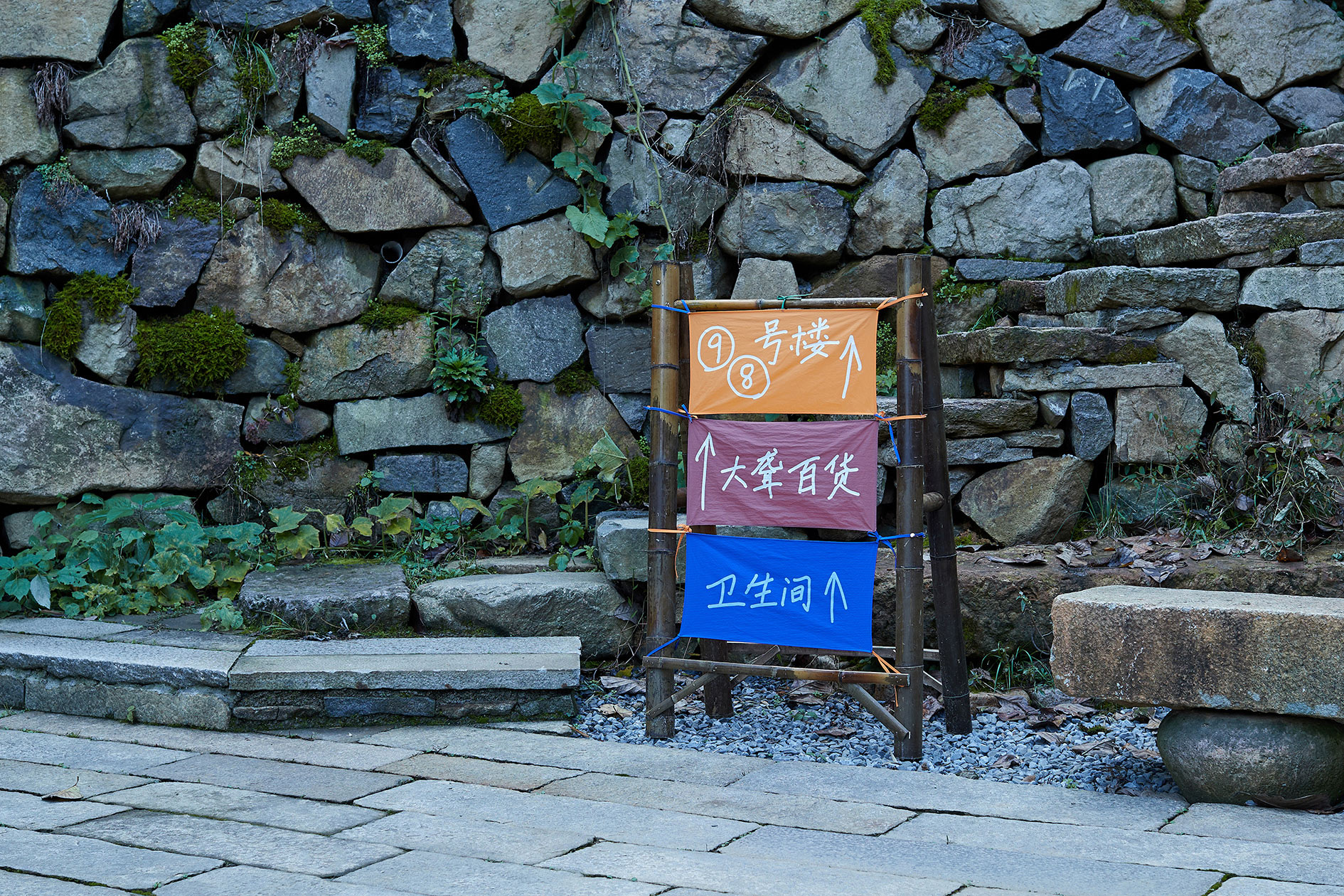

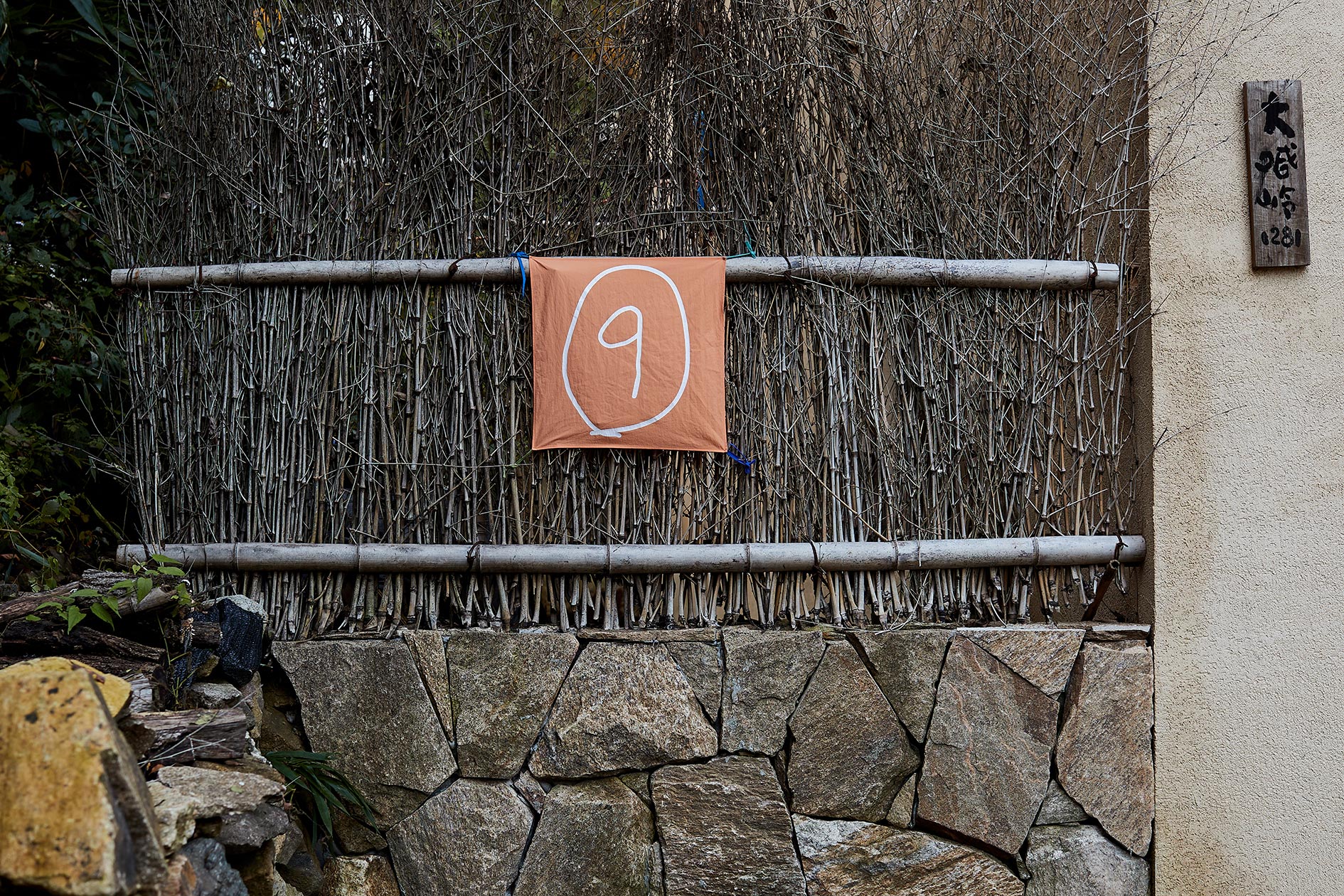
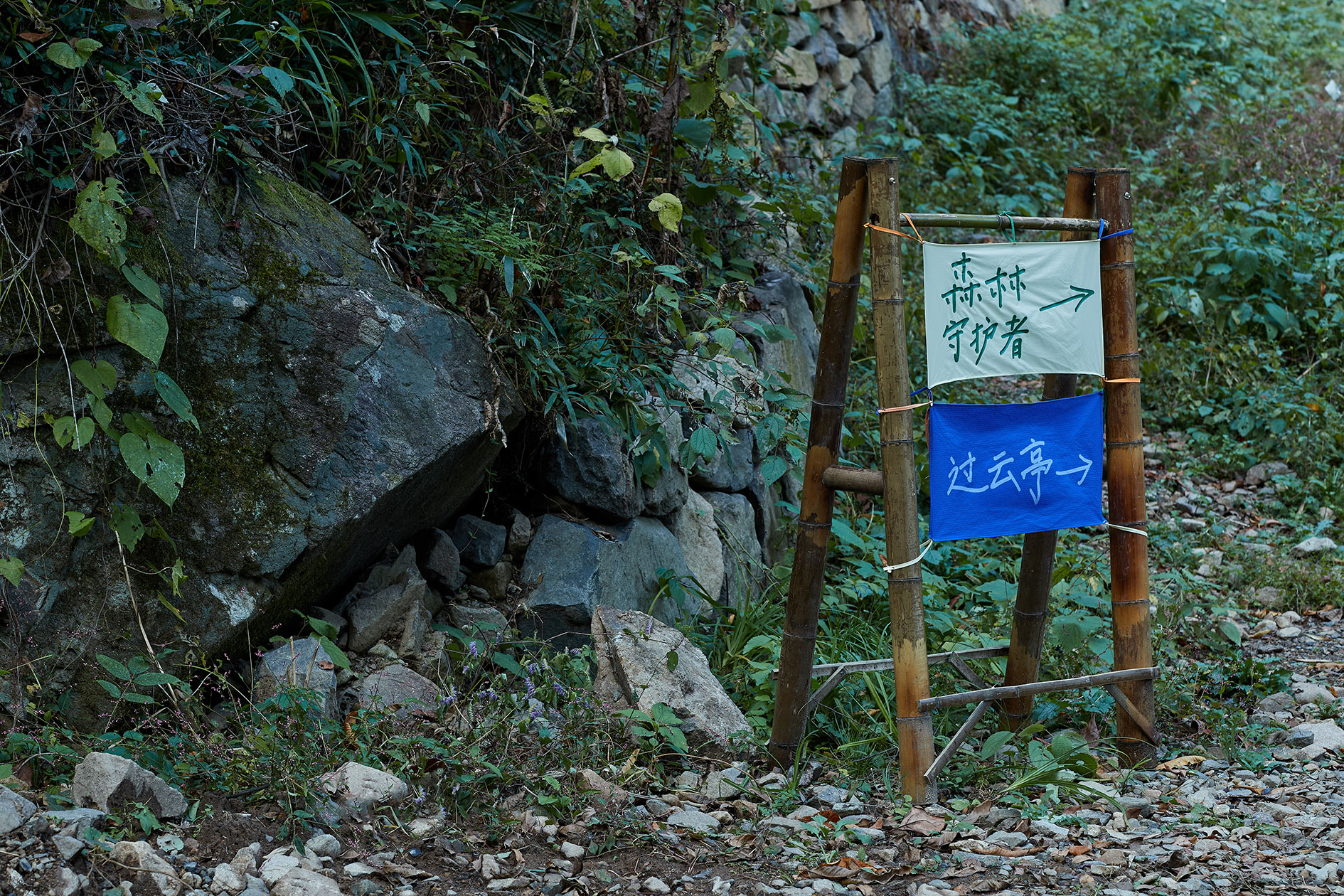
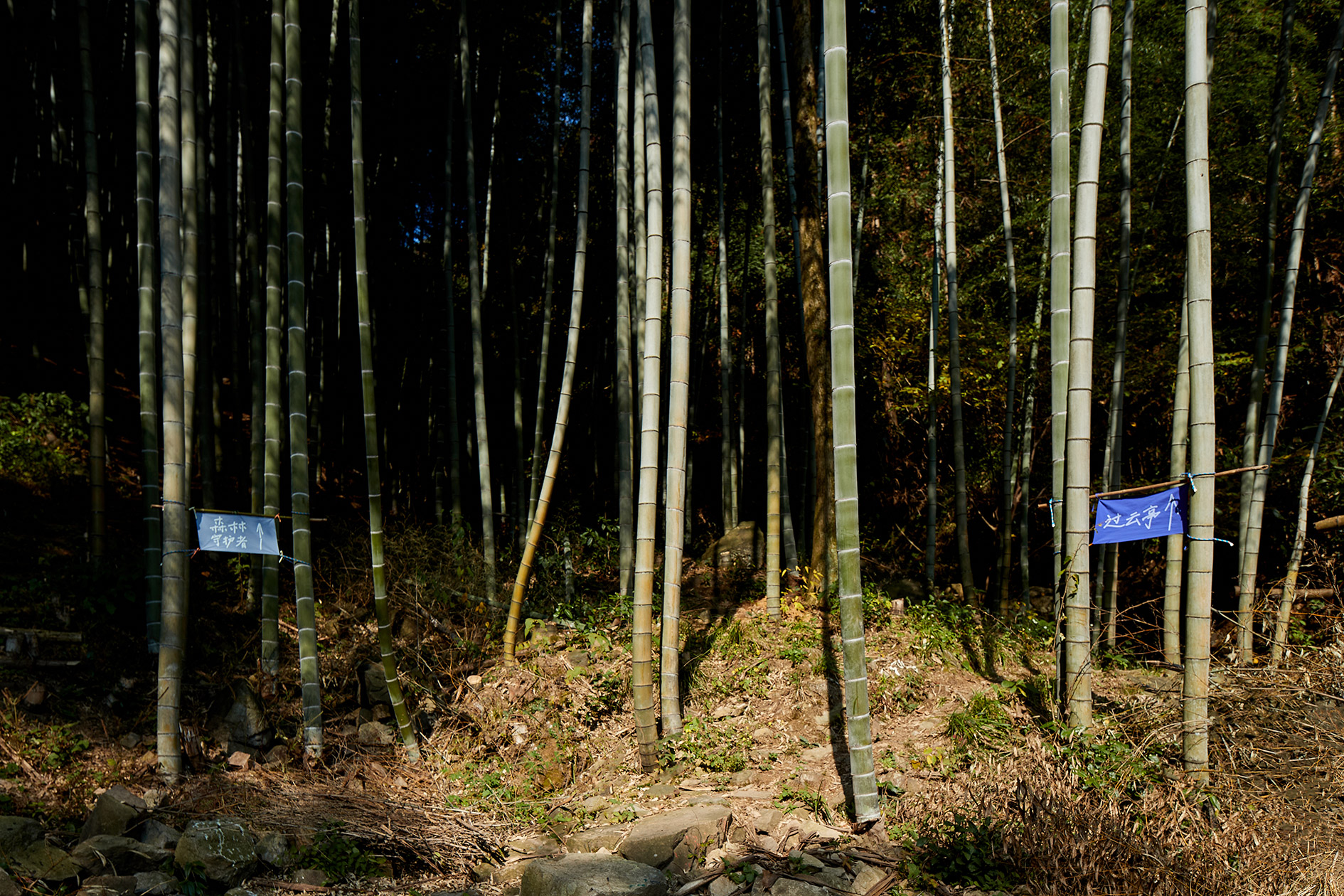
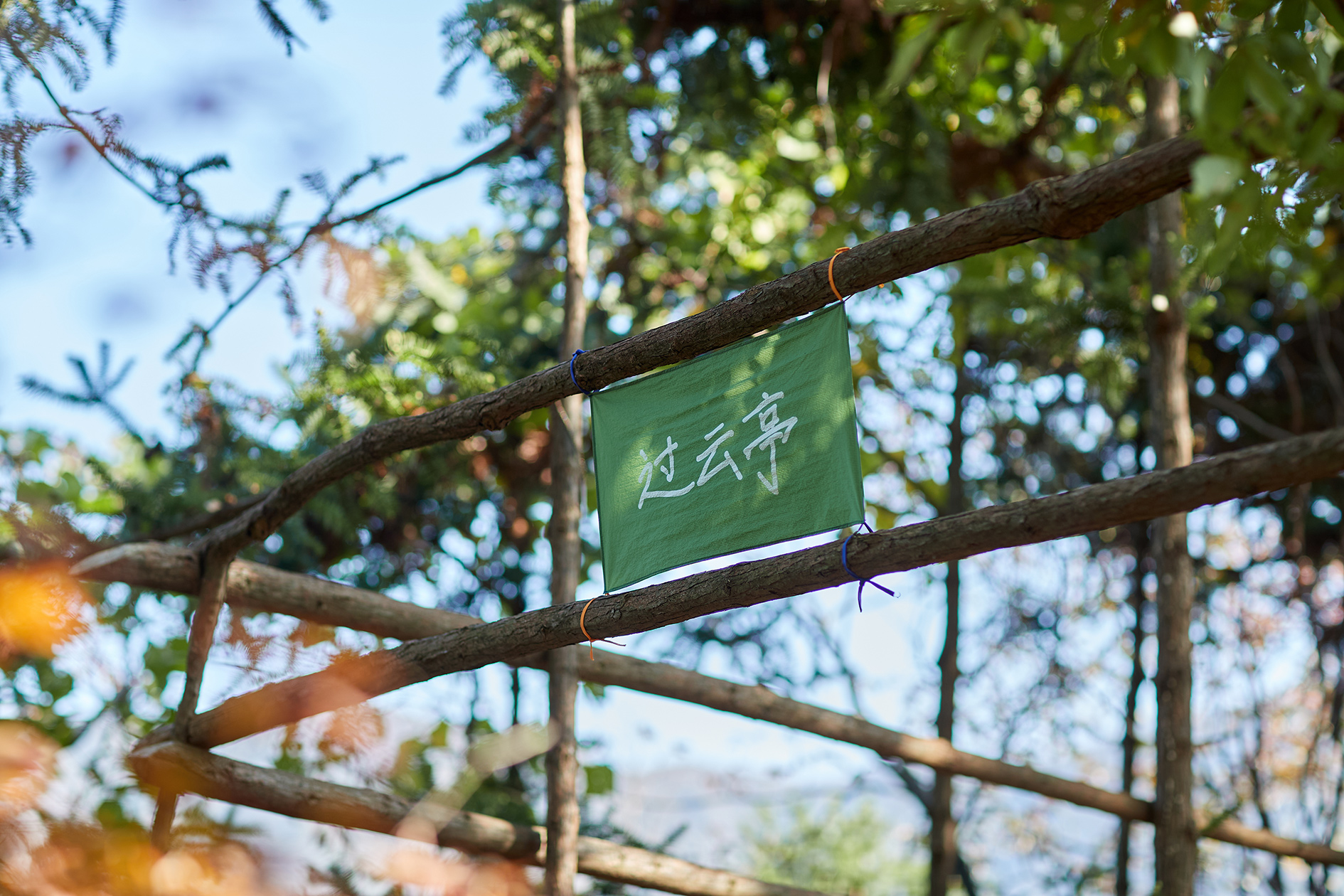
大聋林场在秋天的一场活动中迎来了最多的造访者,为了让大家在一天半的时间中更有效率地探索和发现,我们设计了由竹子和布料制作的导视标牌,布置于林场内。
偶尔在乡间探访,我们依然可以看到竹干上的姓氏漆字,和树干上会包含简化异体字的告示木牌,这些都是劳动者在劳动场景里所使用的字:用手写字,而字有其用。
“摹写”是汉字书写训练的传统。我们让当地的一位护林员看着手机在纸上手写了 8 个字,再由设计师基于这 8 个字的笔势来摹写,生成导视标牌上需要的所有文字。主动去摹写一位不识字的书写者誊写的字就像在泥层中挖掘出若干颗沉睡的古莲子,在实验室环境下让其发芽而生长出更多的莲子。通过设计师的工作,那些原本隐匿的书写得以转化为具象化的、长久存在的视觉语言,被赋予了新的可能性。
布标导视的布牌来自 An Ko Rau 的剩余布料,竹架取材自当地的竹林。
During an autumn event, Dalong Woodland welcomed its largest number of visitors. To help everyone explore and discover more efficiently within a day and a half, we designed wayfinding signs made of bamboo and fabric, which were placed throughout the forest.
Occasionally, while wandering through the countryside, we still come across surnames painted onto bamboo stalks and wooden notice boards on tree trunks, often featuring simplified variant characters. These are the characters used by laborers in their working environments—words written by hand, where writing serves a purpose.
"Copying" is a traditional method of practicing Chinese calligraphy. We invited a local forest ranger to handwrite eight characters on paper while referencing the text on a phone screen. Then, our designer studied the stroke gestures of those characters and imitated them to generate all the text needed for the wayfinding signs. Deliberately copying the handwriting of someone illiterate is akin to unearthing long-dormant ancient lotus seeds from layers of mud and nurturing them in a laboratory environment until they sprout and multiply. Through the designer’s work, these hidden writings were transformed into a tangible, lasting visual language, given new possibilities.
The fabric signs were made from An Ko Rau’s leftover materials, while the bamboo frames were sourced from the local bamboo groves.
Art Director: Tong Yi
Designer: Tong Yi / Bao Sanchuan
Year: 2024
Client: Dalong Woodland / An Ko Rau
